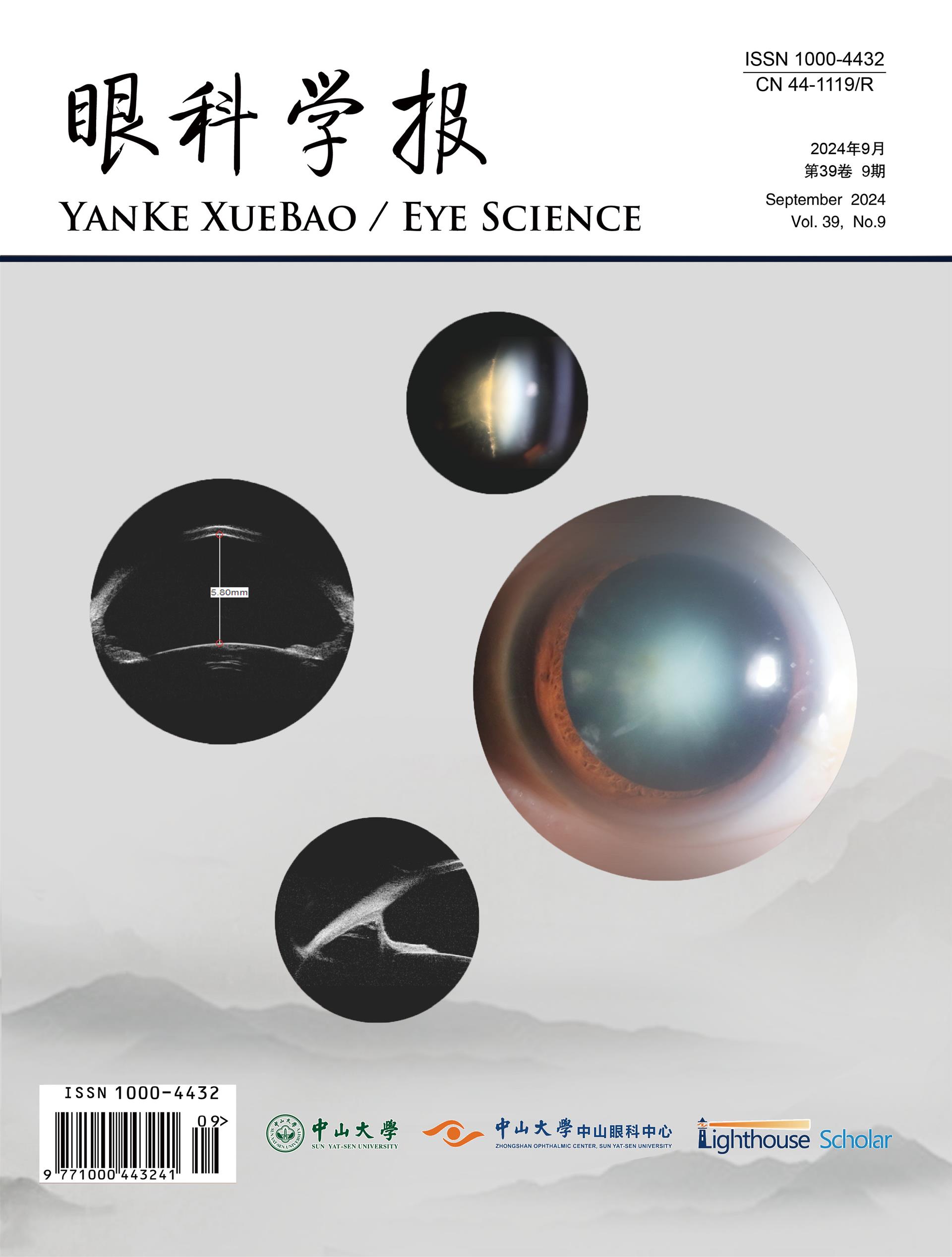华南地区青少年近视患病率及现状分析
引用次数: 6
摘要
目的动态检测青少年近视患者的屈光变化,分析不同复诊次数与发病年龄、初始屈光力、近视进展率等因素的相关性。方法随机选取中山市眼科中心2009 - 2013年收治的900例6-15岁青少年近视患者作为研究对象。所有参与者在不同的时间间隔(6个月、1年和2年)使用自折射仪(Topcon 8900)或条纹视网膜镜进行客观屈光测量,使用自折射仪(Nidek)或减透镜程序进行主观屈光检测。得到了精确的折光功率。所有数据均采用SPSS 18.0统计软件进行分析。结果术后6个月平均屈光度增加0.56±0.37 D,术后1年平均屈光度增加0.83±0.45 D,术后2年平均屈光度增加1.50±0.70 D。在900名青少年中,6个月复查时屈光能力增加最快的是8岁,1年复查时为8岁和9岁,2年复查时为7-9岁。随着年龄的增长,折射率的增加有减小的趋势。不同的复查周期显示,随着初始屈光指数的增加,近视进展的速度减慢。初诊屈光度数为-0.25 ~ 2.75 d的低近视青少年近视进展率最高。结论不同复诊周期与屈光度数无正相关。屈光能力的增加与复检周期、发病年龄和初始屈光能力等因素有关。本文章由计算机程序翻译,如有差异,请以英文原文为准。
Analysis of the Prevalence and Situation of Myopia in Adolescents from South China.
PURPOSE
To conduct dynamic detection of refraction changes in adolescents with myopia and analyze the correlation between different reexamination times and factors that included age of onset, initial refractive power, and rate of myopia progression.
METHODS
A total of 900 adolescents (aged 6-15 years) with myopia admitted to Zhongshan Ophthalmic Center between 2009 and 2013 were randomly selected in this investigation. All participants underwent objective refraction measurement with an autorefractometer (Topcon 8900) or streak retinoscopy and subjective refraction detection with an autorefractor (Nidek) or minus-lens procedures at different time intervals (6 months, 1, and 2 years). Accurate refractive power was obtained. All data were analyzed with SPSS 18.0 statistical software.
RESULTS
The mean refractive power was increased by 0.56 ± 0.37 diopters(D) after 6 months, by 0.83 ± 0.45 D after 1 year, and by 1.50 ± 0.70 D after 2 years. Among the 900 adolescents, the most rapid increase in refractive power was observed at the age of 8 years at the 6-month reexamination, at the age of 8 and 9 years at the 1-year reexamination, and at the age of 7-9 years at the 2-year reexamination. The increase in index of refraction tended to diminish with aging. The different cycles of reexamination revealed a slowing of the rate of myopia progression along with the increase in the initial index of refraction. The highest rate of myopia progression was noted in low-myopic adolescents with initial refractive power ranging from -0.25 to 2.75 D.
CONCLUSION
No positive correlation was documented between different cycles of reexamination and the refractive power. The increase in refractive power was associated with factors that included the reexamination cycle, age of onset, and initial refractive power.
求助全文
通过发布文献求助,成功后即可免费获取论文全文。
去求助
来源期刊
自引率
0.00%
发文量
1312
期刊介绍:
Eye science was founded in 1985. It is a national medical journal supervised by the Ministry of Education of the People's Republic of China, sponsored by Sun Yat-sen University, and hosted by Sun Yat-sen University Zhongshan Eye Center (in October 2020, it was changed from a quarterly to a monthly, with the publication number: ISSN: 1000-4432; CN: 44-1119/R). It is edited by Ge Jian, former dean of Sun Yat-sen University Zhongshan Eye Center, Liu Yizhi, director and dean of Sun Yat-sen University Zhongshan Eye Center, and Lin Haotian, deputy director of Sun Yat-sen University Zhongshan Eye Center, as executive editor. It mainly reports on new developments and trends in the field of ophthalmology at home and abroad, focusing on basic research in ophthalmology, clinical experience, and theoretical knowledge and technical operations related to epidemiology. It has been included in important databases at home and abroad, such as Chemical Abstract (CA), China Journal Full-text Database (CNKI), China Core Journals (Selection) Database (Wanfang), and Chinese Science and Technology Journal Database (VIP).

 求助内容:
求助内容: 应助结果提醒方式:
应助结果提醒方式:


